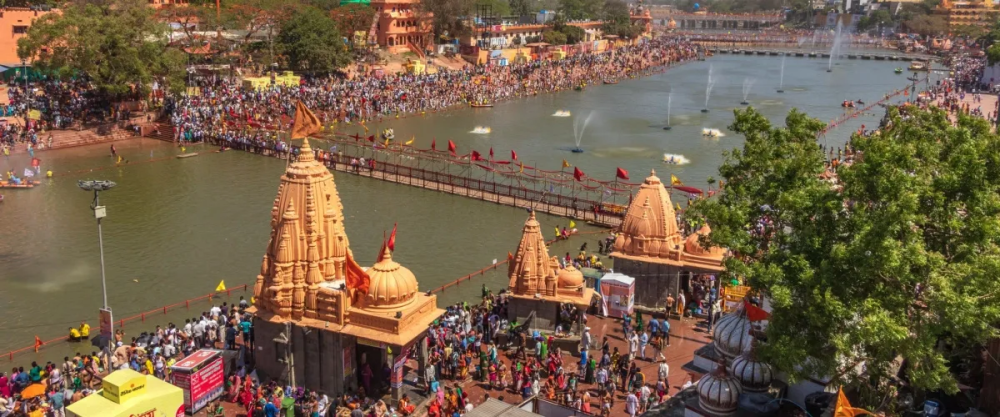

Nestled on the banks of the Kshipra River, Ujjain in Madhya Pradesh is more than just a city with religious significance. It is a mesh of cultural heritage, ancient history, and spiritual legacy that attracts thousands of pilgrims and history buffs annually. The history of tourism in Ujjain is as ancient as the city itself, with its roots delving deep into the passages of time.
Ujjain has been a renowned pilgrimage site since time immemorial, primarily due to the famous Mahakaleshwar Temple, which houses one of the twelve Jyotirlingas. This temple is not only a spiritual abode but also a testament to the grandeur of ancient Indian architecture and the timelessness of its traditions.
Every 12 years, Ujjain escalates to become the focal point of Hindu spirituality as it hosts the Simhastha, a form of the Kumbh Mela. This mass Hindu pilgrimage is one of the largest religious gatherings in the world and significantly contributes to the tourism history of the city. Pilgrims from across the globe dive into the holy waters of the Kshipra river, seeking purification and salvation.
With the discovery of ancient temples and artifacts dating back to 500 BC, Ujjain has also emerged as a prominent center for archaeological tourism. Sites such as the Bhartrihari Caves, Kal Bhairav Temple, and the remains of the ancient observatory, Jantar Mantar, invite scholars and curious minds alike to unravel the mysteries of a bygone era.
In recent years, Ujjain has witnessed the inception of various cultural festivals like the Ujjain Mahotsav and the Kalidasa Festival. These events showcase the rich tapestry of art, music, dance, and drama intrinsic to the region, thus diversifying the tourism experience beyond spirituality and history.
Tourism in Ujjain is now embracing modern trends to accommodate the convenience and interests of contemporary travelers. This includes the development of:
The evolution of Ujjain's tourism from ancient religious pilgrimages to a multidimensional travel experience represents how the city has embraced change while still preserving its spiritual essence and historical integrity.